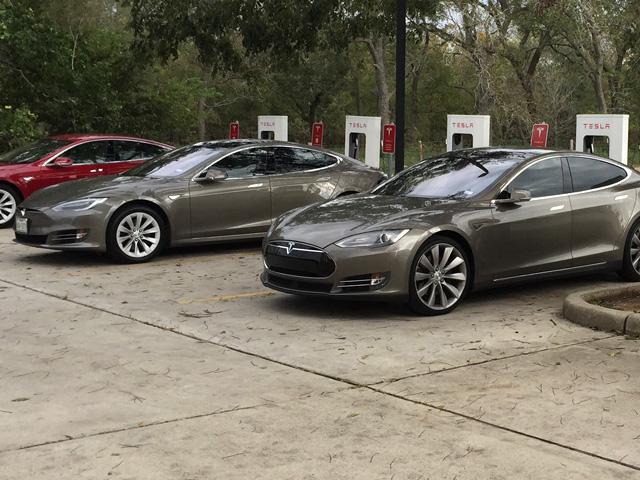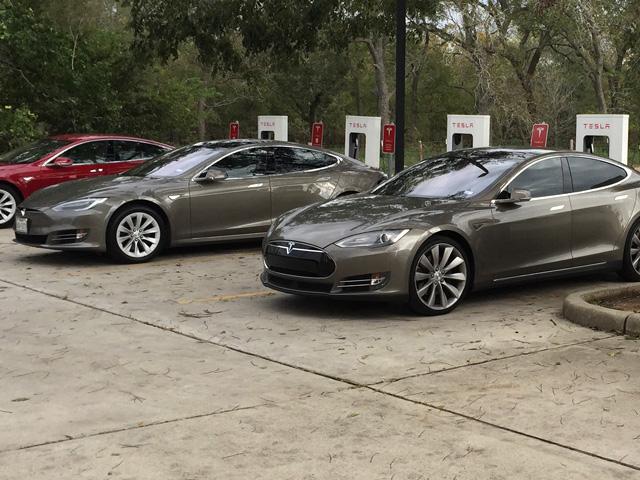Ethanol Blog
CA Air Regulators to Phase Out Internal Combustion Engine in Blow to Biofuels
LINCOLN, Neb. (DTN) -- California will ban the sales of the internal combustion engine beginning in 2035, as the California Air Resources Board, or CARB, on Thursday passed a new rule that is drawing concern from the ethanol industry.
CARB approved the "Advanced Clean Cars II" rule that requires all new cars and light trucks sold in the state to be zero-emissions vehicles, including plug-in hybrid electric vehicles.
The action comes at a time when E85 ethanol sales have been growing in California, sparked by the state's low-carbon fuel standard. Fuel retailers in the state including Pearson Fuels have been expanding the number of E85 pumps at their locations.
Ethanol groups have been working to convince federal regulators and California regulators to adopt technology-neutral policies to cut carbon emissions from transportation fuels. EPA Administrator Michael Regan is on record in saying the Biden administration supports an all-of-the-above strategy in cutting emissions, although federal dollars invested in electric vehicles dwarf the amount spent on biofuels.
Renewable Fuels Association CEO and President Geoff Cooper said in a statement his group was "disappointed and mystified" by California's decision.
"This move will severely limit options and raise the cost of vehicle ownership for California consumers, while putting more strain on an already-overburdened electrical grid," Cooper said.
P[L1] D[0x0] M[300x250] OOP[F] ADUNIT[] T[]
"While we support the state's goal of achieving carbon neutrality by 2050, we strongly disagree with the notion that electric vehicles are the only way to get there. Policies that dictate technology winners and losers often backfire and rarely deliver the desired results. We believe technology-neutral, market-based approaches like the low-carbon fuel standard are much more efficient and economical in achieving desired carbon reductions."
The RFA said ethanol has delivered nearly 27 million metric tons of greenhouse gas savings in the state's LCFS, or about 35% of the total since the policy was put in place.
"Further, the average carbon intensity of ethanol used in California has fallen substantially since 2011, as ethanol producers adopted new technologies and CARB improved its modeling," Cooper said.
"America's ethanol producers have committed to net-zero carbon emissions, on average, by 2050 or sooner and have identified multiple workable pathways toward that goal. Today, we're well on the way there and we urge California to open itself to all the possibilities that lie ahead."
The new rule requires automakers to deliver an increasing number of zero-emission light-duty vehicles each year beginning in 2026, CARB stated in a news release. Sales of zero-emission vehicles must reach 35% in 2026, grow to 68% in 2030 and reach 100% in 2035.
The board said the rule would reduce smog-causing pollution from light-duty vehicles by 25% by 2037.
"From 2026 through 2040 the regulation will result in cumulative avoided health impacts worth nearly $13 billion including 1,290 fewer cardiopulmonary deaths, 460 fewer hospital admissions for cardiovascular or respiratory illness, and 650 fewer emergency room visits for asthma," CARB said.
As a result of the regulation, CARB estimates there will be 2.9 million fewer new gas-powered vehicles sold, increasing to 9.5 million fewer conventional vehicles by 2035. "In 2040, greenhouse gas emissions from cars, pickups, and SUVs are cut in half, and from 2026 through 2040 the regulation cuts climate-warming pollution from those vehicles a cumulative total of 395 million metric tons," CARB said in the release.
In comments filed with CARB on the rule, the RFA said flexible-fuel vehicles could play an important role in carbon reduction in California.
"Higher blends of low-carbon ethanol in the current and future gasoline pool represent the nearest-term and most-affordable path for greater and immediate reductions of GHG emissions from the light-duty fleet," Cooper said in comments.
"FFVs running on 100% renewable low- to zero-carbon fuel is equivalent to the GHG benefits of battery electric vehicles and at a lower cost of the vehicle car companies have demonstrated the ability to build mass quantities of FFV engines at a negligible incremental cost."
Todd Neeley can be reached at todd.neeley@dtn.com
Follow him on Twitter @DTNeeley
(c) Copyright 2022 DTN, LLC. All rights reserved.






Comments
To comment, please Log In or Join our Community .